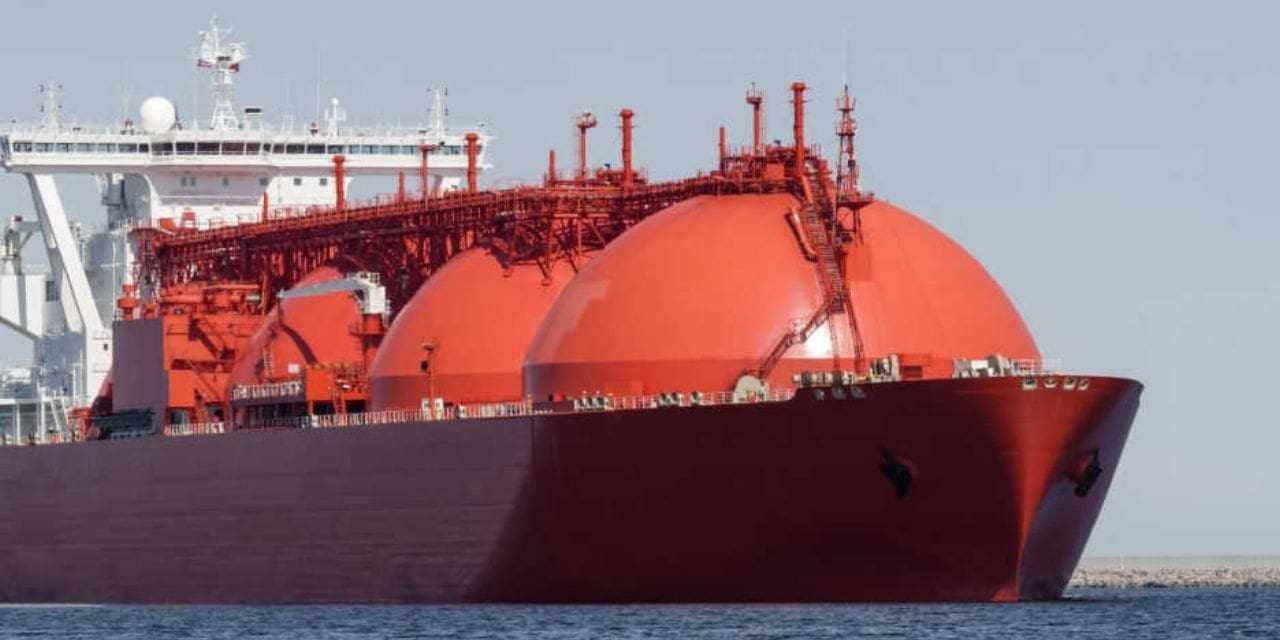With a total of 61 million tonnes, the US surpassed Russia as the greatest marine freight transport partner for the European Union (EU) in the second quarter (Q2) of 2022. (57 million tonnes). One-third of all extra-EU marine freight was transported by the EU with the US, Russia, and the UK combined.
According to the EU’s statistical data office Eurostat, Russia came in second place, followed by the UK (55 million tonnes), Turkey (36 million), China (31 million), Norway (29 million), Brazil (24 million), Egypt (19 million), Nigeria (14 million), and Canada (13 million).
The biggest decline (-22.1%) in maritime transit between the EU and Russia was seen in Q2 2022 compared to the same quarter in 2021, followed by Brazil. 12.6 percent. Nonetheless, over the same time period, traffic between the EU and Egypt and the US significantly grew, by 22,9% and 21,1%, respectively.
The majority of inbound trade flows were dominated by liquid bulk goods, such as crude oil, oil products, and liquefied gas. Over a third (32%) of the total transport between the EU and the US in Q2 2022 was made up of liquefied gas (9 million tonnes) and crude oil (10 million tonnes) coming from ports on the East Coast.
There were significant increases in inward movements between Q2 2022 and the same quarter in 2021. The highest increases were seen in liquefied gas, coal, and crude oil from the US East Coast (87%, 85.4%, and 64.6%, respectively); crude oil Australia’s coal (31.2%), Egypt’s oil (86.1%), the UK’s (61.5%), Nigeria’s (35.7%), Norway’s (32.7%), and Turkiye’s (10.1%), as well as oil products from Russian ports on the Baltic Sea (11.1 per cent).
Russian ports on the Baltic Sea saw significant drops in crude oil production (-46.6%), while Russian ports on the Black Sea saw significant drops in crude oil production (-24.0 per cent). Large drops in outgoing movements were seen for large containers going to China (-29.2%) and the East Coast of the United States (-10.4 per cent).

